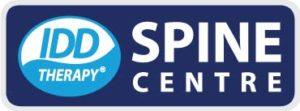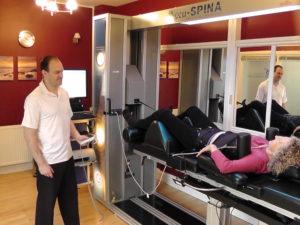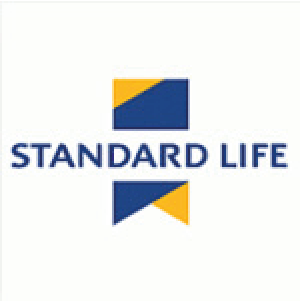Neck Pain Coventry | Neck Pain Treatment | Spinal Decompression.


Neck Pain and Back Spinal Decompression Therapy (IDD Therapy) is a non-surgical, non-invasive (no injections) treatment modality which can help to avoid surgery in management of pain associated with conditions and injuries affecting the cervical and lumbar spine.
Neck Pain, Cervical Spinal Decompression Therapy (IDD Therapy) is a very effective, safe and clinically researched treatment method that addresses conditions and injuries such as Sciatica, Trapped Nerve and Herniated Disc (also referred to as Slipped Disc).Our Specialists at use the latest treatment modalities such as Shockwave therapy, IDD Spinal Therapy and Low Level Laser Therapy which help to accelerate the recovery and healing process within the tissues, leading to a significant reduction in pain, inflammation as well as an increase in mobility of the joints.
Bulging disc
The terminology regarding bulging discs, herniated discs, protruding discs, can be confusing, nearly all practitioners, including doctors, use incorrect descriptive terms. The following information is from the North American Spine Society, American Society of Spine Radiology, and American Society of Neuro-radiology.
The term ‘bulging disc’ is and should be used as a descriptive term, not a diagnostic term.

Videos of IDD Therapy which may be of interest.
Neck pain
http://www.youtube.com/watch?v=KNhnvWoic7g&feature=related
Neck Pain
http://www.youtube.com/watch?v=qcEEJTcy3Sg
This is a rare finding under MRI and CT scans. Although ‘bulging disc’ is a popular term, it is usually not representative of what is really going on at the spinal level. It is used because it is easy to understand. Most people really have a herniated disc. This again is a broad category, which further breaks down into two more diagnostic terms.
This is explained using the animated educational video: The animated educational videos are very accurate in the description (or diagnosis?) of disc herniation’s. You will commonly find these descriptive terms on your MRI or CT reports from your doctor. By strict definition, a broad-based herniation involves between 25 and 50% of the disc circumference.
A focal herniation involves less than 25% of the disc circumference. Herniated discs may take the form of protrusion or extrusion based on the shape of the displaced or herniated material. The animated educational video illustrates this well:
The above information is designed to clarify the use of these terms. The simple fact is that if you have a herniated disc, the disc material can press on the nerve roots or central nerves running through the central canal where the spinal cord lives.
This can produce severe back and leg pain, as well as, numbness, tingling, and muscle weakness. Occasionally, the disruption and injury to the annulus fibrosis can be the source of back pain. The outer 1/3 of the annulus fibrosis has a nerve supply, and if the central nuclear material migrates through the weakened annulus, this can cause pain. This condition is sometimes referred to as an internal disc disruption.
This is very difficult to see on MRI or CT scans and is considered to be the early stages of a herniated disc, although it is still not visible on advanced imaging. This condition responds well to non-surgical spinal decompression, allowing blood, water, and nutrients to enter the disc and begin healing the damaged annulus fibrosis.
Please view the animated educational video for a bulging disc and Herniated disc. Non-surgical spinal decompression can be very effective in treating these difficult conditions. The treatment results in an unloading of the offending disc structures, which in turn creates a negative intra-discal pressure inside the disc.
This facilitates water and nutrient exchange into the disc, thus, allowing the injury to heal. It also can cause a vacuum-like effect, allowing the displaced materials to return to a more centralized position. This treatment takes time to allow collagen; one of the body’s healing proteins, to form.
Collagen can then repair the cracks and fissures in the annulus fibrosis. In addition, the inner matrix material of the disc becomes healthier with the exchange of water and nutrients. Spinal stabilization rehab exercises should follow a common sense spinal decompression therapy program.

 02476 222 002
02476 222 002







